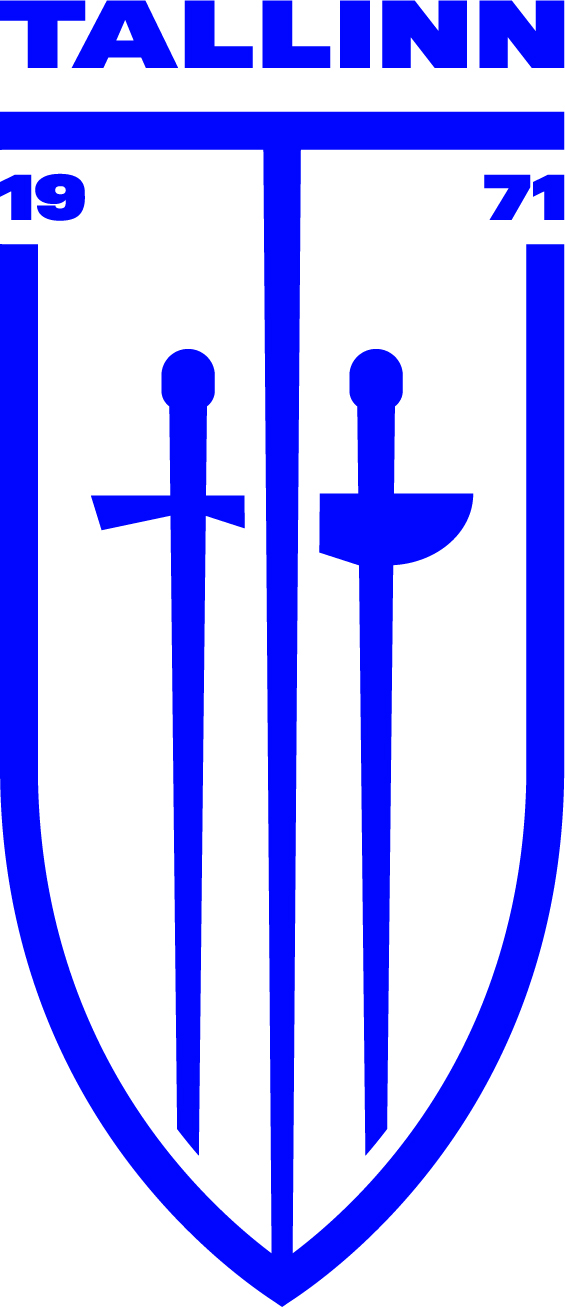History
Glaive de Tallinn is a fencing tournament in Tallinn, held first in 1971 in men’s épée. Year 1992 Glaive de Tallinn was added to the calendar of men’s épée Fencing World Cup. Starting from 2011, the tournament has also featured a team event which is part of the World Cup. Significant change was made in 2016 to the tournament when it became a World Cup event for women’s épée.
List of winners:

Opening ceremony of the 1978 Glaive de Tallinn. Photo: G. Vaidla
First Glaive de Tallinn tournament was held on 8th and 9th May 1971 at the Mustamäe ABC sports hall. The tournament featured 42 contestants with foreign competitors arriving from Hungary, Russia, Uzbekistan, Romania and Finland. Jaan Veanes and Boris Joffe took the first two places for the host country with gold from team event also being taken by the hosts.
The second tournament was already held at the Kalev Sports Hall which has since become the traditional venue for Glaive de Tallinn. While the Kalev Sports Hall was undergoing renovation, the tournament was also twice held at the Tallinn Sports Hall.
Since 1973, Glaive de Tallinn hosted all top épée fencers from all over the Soviet Union, as the tournament was considered towards who would be selected to the national team of the Soviet Union. For the first time in 1980, strong fencing country France also took part in the tournament.
Glaive de Tallinn was for the first time an international Category A tournament in 1990, this meant that it had become one of the ten strongest competitions in the world. The tournament hosted a remarkable number of athletes – 230. Two years later, Glaive de Tallinn became a World Cup competition. This meant a decrease in the number of athletes participating, as each country could only send a certain number of athletes to the competition according to the new rules.
The record for the number of participants were in 2019, when Glaive de Tallinn saw 279 female fencers from 50 countries participating. Russian Pavel Kolobkov, who is an Olympic gold medallist from 2000 Summer Olympics, has the most wins (3).
Traditional awards for the tournament, the so-called Glaives de Tallinn, are hand-crafted as a joint effort by six specialists. Grandiose sword has been awarded to the winner in Tallinn since 1972. During the first tournament, the copper sword was only given to the winner for a picture, but since then, the trophy has always belonged to the winner.






